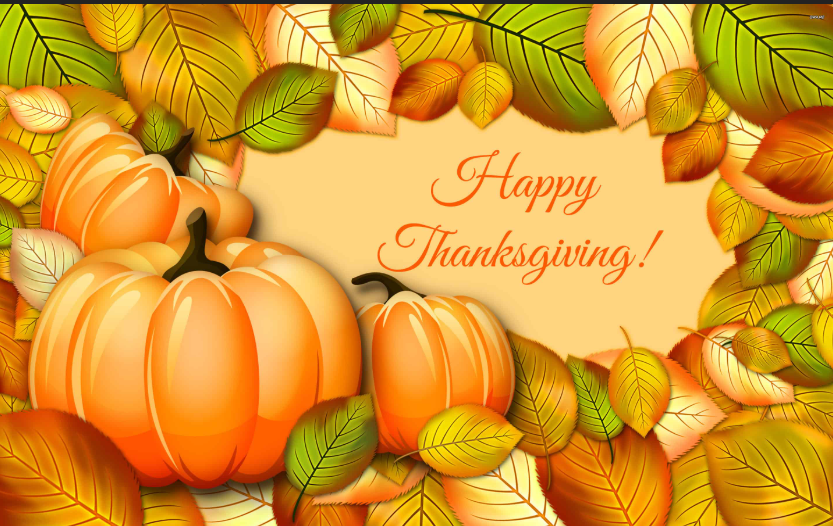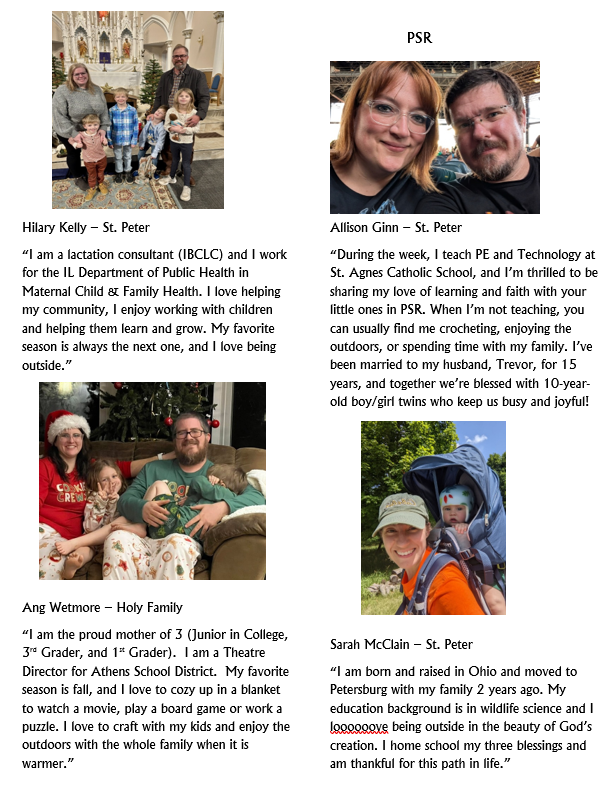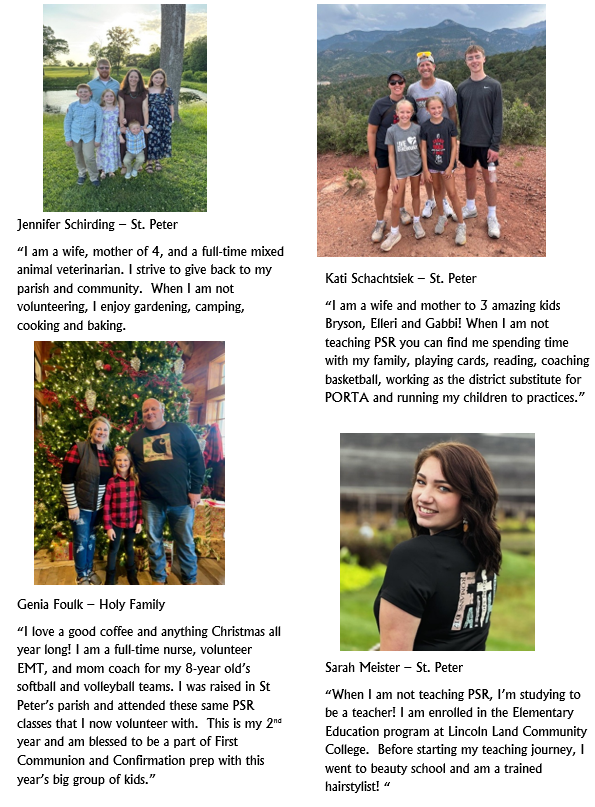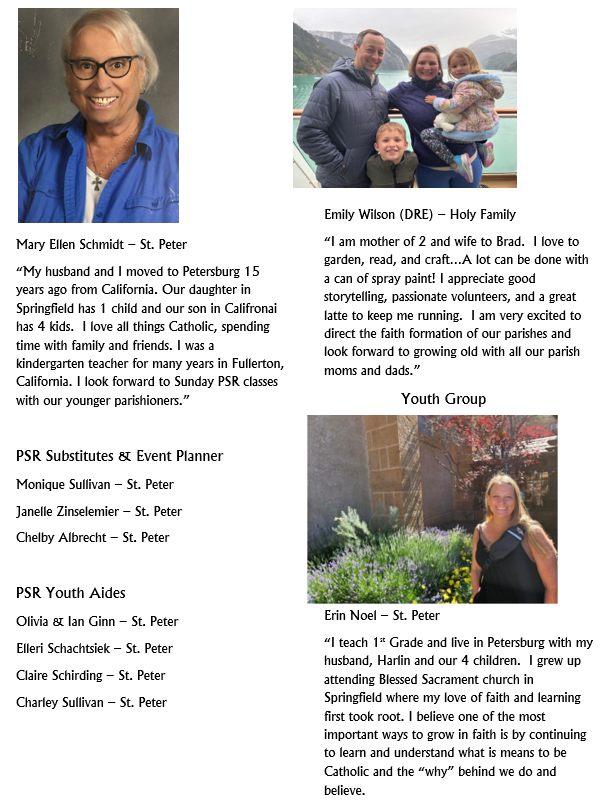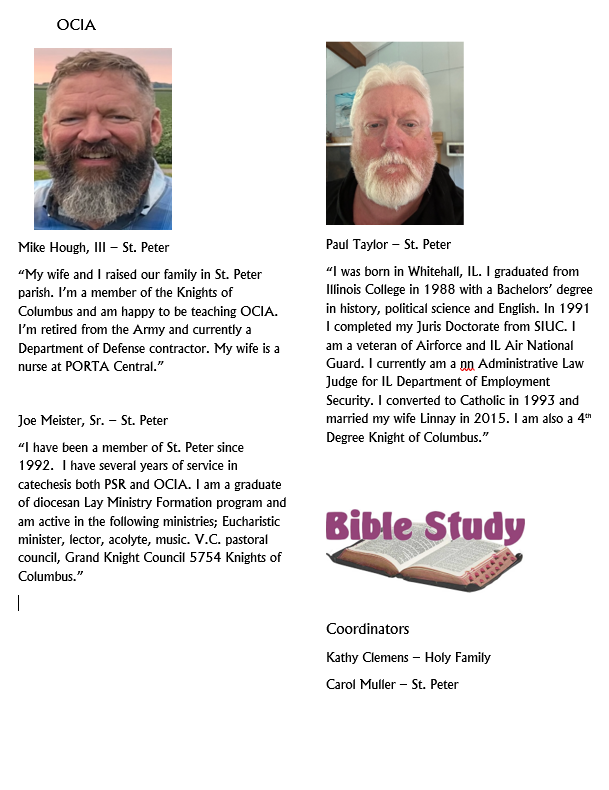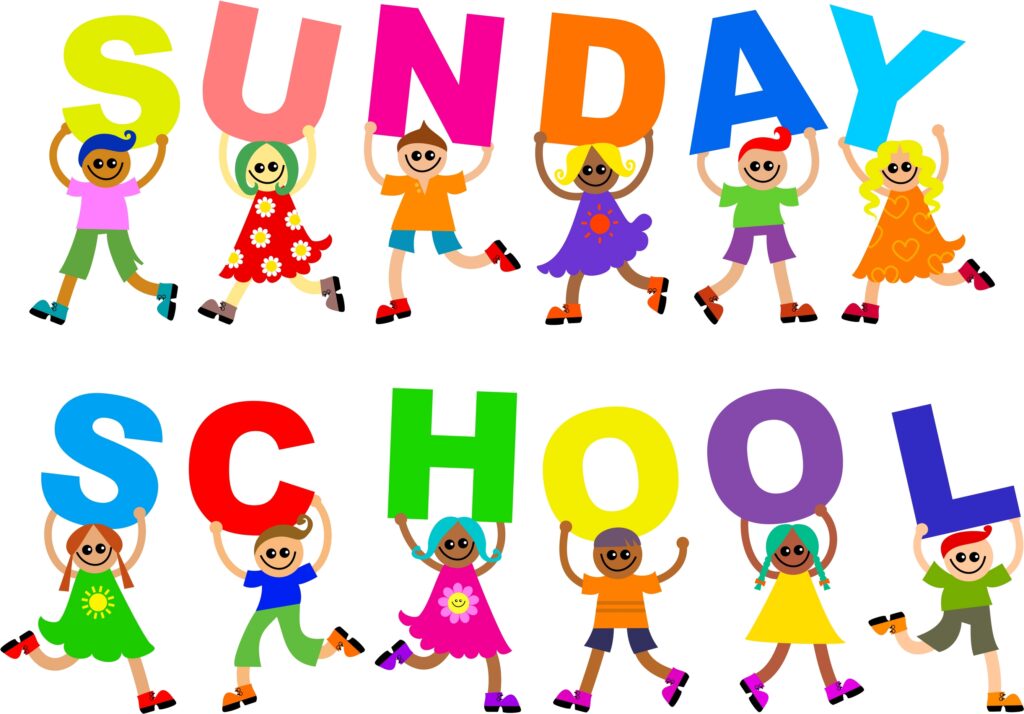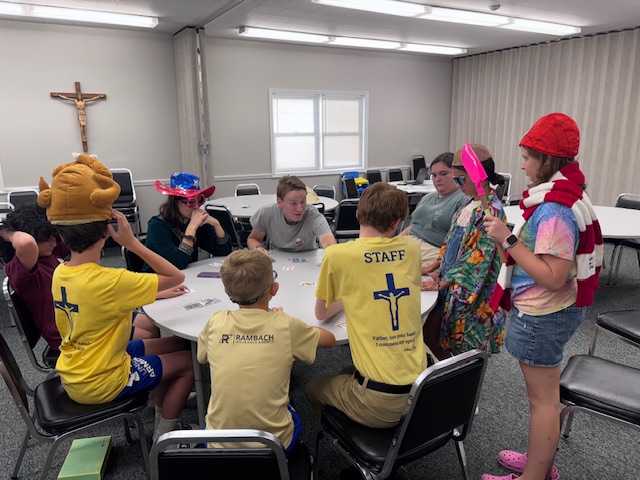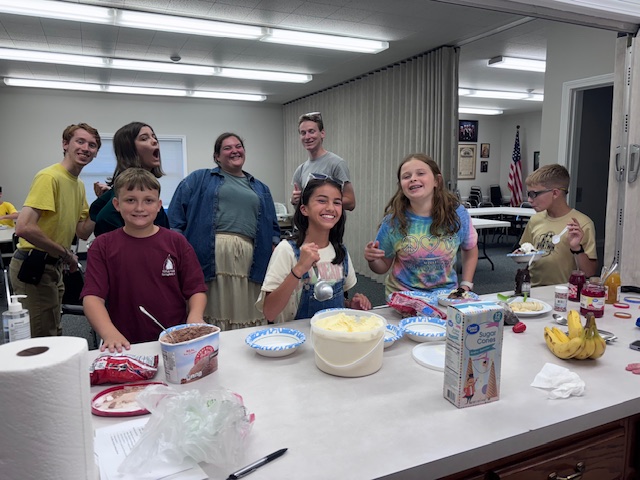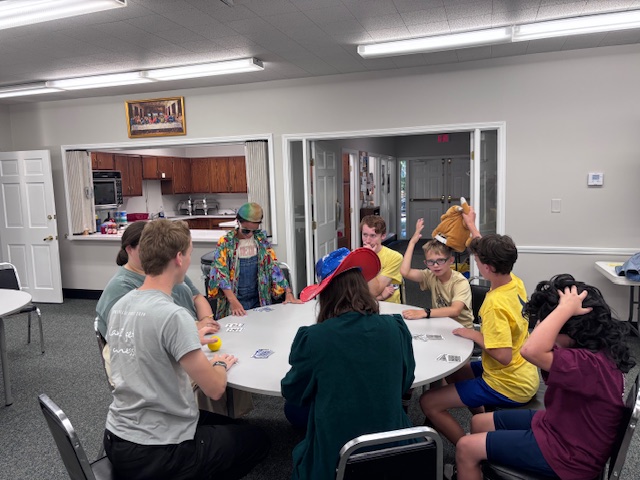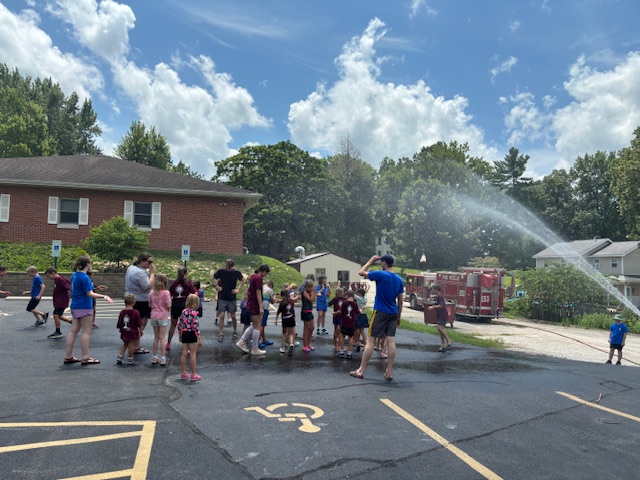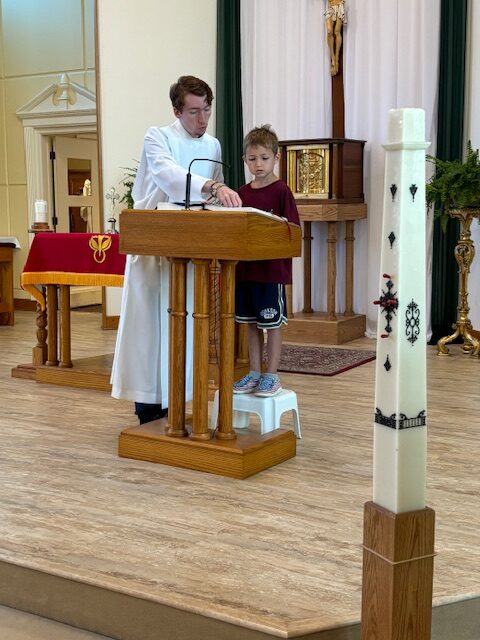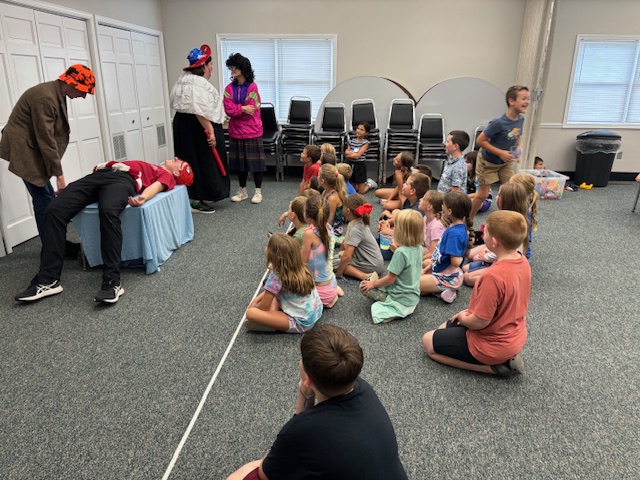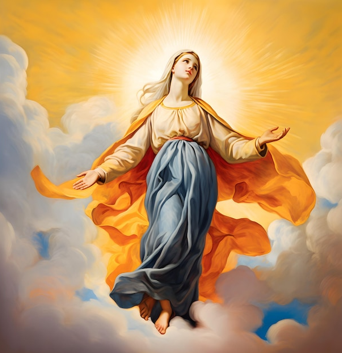
Today, the Church celebrates one of the most beautiful feasts in the liturgical calendar — the Assumption of the Blessed Virgin Mary into Heaven, body and soul. This solemnity is not just a celebration of Mary, but a glorious reminder of what God has in store for each of us who walk in faith, hope, and love.
1. What Do We Celebrate Today?
The Assumption is the belief — declared as dogma in 1950 by Pope Pius XII — that at the end of her earthly life, Mary was taken up into Heaven, body and soul. Unlike other saints who await the resurrection of the body at the end of time, Mary has already been glorified in her whole person. She shares already in the full fruits of Christ’s résurrection.
Why? Because she was the Mother of God, the one who bore the Savior in her womb. But more importantly, because she remained faithful — humble, obedient, and full of grace — from beginning to end. Her Assumption is not only a reward — it’s a sign: A sign of what God desires to do for all who love Him.
2. Mary as the First Disciple and Our Model
Mary’s life was not easy. From her “Yes” at the Annunciation, to the poverty of Bethlehem, to fleeing as a refugee to Egypt, to standing beneath the Cross — she walked a path of deep suffering and trust.
Yet through it all, she remained faithful. She did not seek power or praise. She kept pondering everything in her heart. She surrendered her life completely to God’s will. That is why she is called “blessed among women” — not just because she bore Christ, but because she heard the Word of God and kept it (Luke 11:28).
Mary shows us what it means to be truly human — fully open to God, fully trusting, fully loving. She is not distant or untouchable. She is our mother, our sister in faith, and our model in discipleship.
3. What Does Her Assumption Mean for Us?
In Mary, we see our destiny. Her Assumption is the promise that death is not the end. That our bodies matter. That one day, we too — if we remain faithful — will be raised in glory, body and soul.
In a world obsessed with success, appearance, and temporary pleasure, Mary reminds us that our true home is not here, and that holiness is the only path that leads to glory.
Her Assumption challenges us to live as people who believe in eternity:
• To treat our bodies with dignity.
• To seek purity and integrity.
• To live in hope, even in suffering.
• To imitate her faith and humility.
4. Mary Walks With Us
The Assumption also reminds us that Mary is close to us. She is not only in Heaven — she is with us as a mother who intercedes, comforts, and guides. In every trial, every loss, every moment of confusion or despair, we can turn to her and say, “Mother, help me to trust like you did. Help me to say ‘yes ’to God.”
She always leads us to Jesus.
Dear friends, the Feast of the Assumption is a feast of hope, joy, and promise. Mary has gone before us. She shows us the way. She prays for us. And she reminds us that what God did for her, He desires to do for each of us. So today, let us renew our devotion to Mary. Let us ask her to walk with us on our journey. And let us pray for the grace to live, like her, a life of humility, purity, faith, and surrender. So that one day, we too may be with her — and with all the saints — in the glory of Heaven.
Holy Mary, assumed into Heaven, pray for us!
Amen.
Fr. Varghese SAC

